A crazy idea: the attempted salvage of the Grosvenor treasure
What does the Wild Coast of South Africa and Sherlock Holmes have in common?

What does an Anglo Boer War doctor and Sherlock Holmes’ nemesis, Moriarty have in common?
The answer is Conan Doyle, as in Sir Arthur Ignatius Conan Doyle KStJ, DL (1859 – 1930).

KStJ means Knight of the Order of St John; DL stands for Deputy Lieutenant; awards that were given to him by King Edward Vll of Great Britain, in recognition of his services rendered to the British Empire during the Anglo Boer War of 1899 – 1902; he was actually knighted twice. Who gets knighted twice? What an amazing man. As a medical doctor and surgeon, he served at the Langman Hospital in Bloemfontein, South Africa, during the Anglo Boer War of 1899 – 1901.
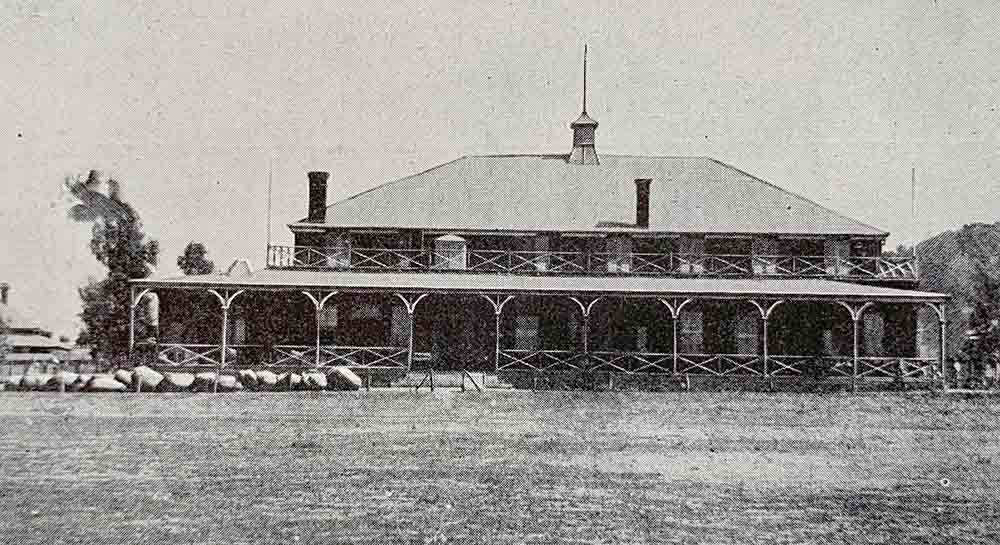
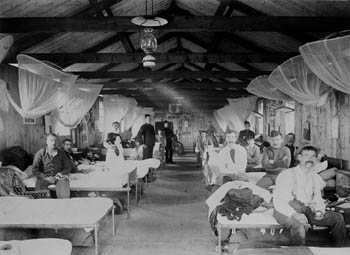
Above left: The Ramblers Club in Bloemfontein was used as the Langman Hospital during the Anglo Boer War 1899 – 1901. Above right: A typical hospital ward during the Anglo Boer War.
When he returned to Britain, he obtained a Doctorate in Law degree, which attests even more to his cleverness. He collected many awards – some to his amusement; when he was awarded the Deputy Lieutenant of Surrey title, he had no idea what it meant. The Knighthoods he tried to refuse, as he felt he didn’t deserve them, but as his mother said, refusing them would be an insult to King Edward Vll. An Italian knighthood was also bagged, and both he and his second wife, Jean Conan Doyle (Conan was a middle name, but he started using it as a sort of aristocratic sounding double barreled surname) were both given honorary titles on their honeymoon in Constantinople (now Istanbul, Turkey) from the Ottoman Grand Sultan.
All in all, Sir Conan Doyle was one helluva accomplished and clever man. His first book, A Study in Scarlet was published in 1887, The Hound of the Baskervilles and the rest of the Sherlock Holmes series followed later.
Being so clever and accomplished, what on earth got into him, when he decided that he would promote, and buy into, the company ‘The Grosvenor Bullion Syndicate’ that had the (not so) brilliant idea to salvage the famous Grosvenor steamship which had foundered on the South African Wild Coast in 1782, supposedly laden with gold and treasures, by digging a tunnel under the sea?

To be brief, the Grosvenor was an East Indiaman, which on its return journey from India to England in 1782, foundered on the Wild Coast of Transkei, South Africa. A few people survived.

Many rumours were started about her cargo, including that she was laden with bullion, and Persia’s Peacock throne. A number of attempts were made to get at this treasure, but as she was in deep water none were successful. The only real items of value were silver coins, which had already been found in the 1880s by a local resident, Sydney Turner, who melted them down and made an enormous chalice out them. The chalice is today, with Turner’s descendants.
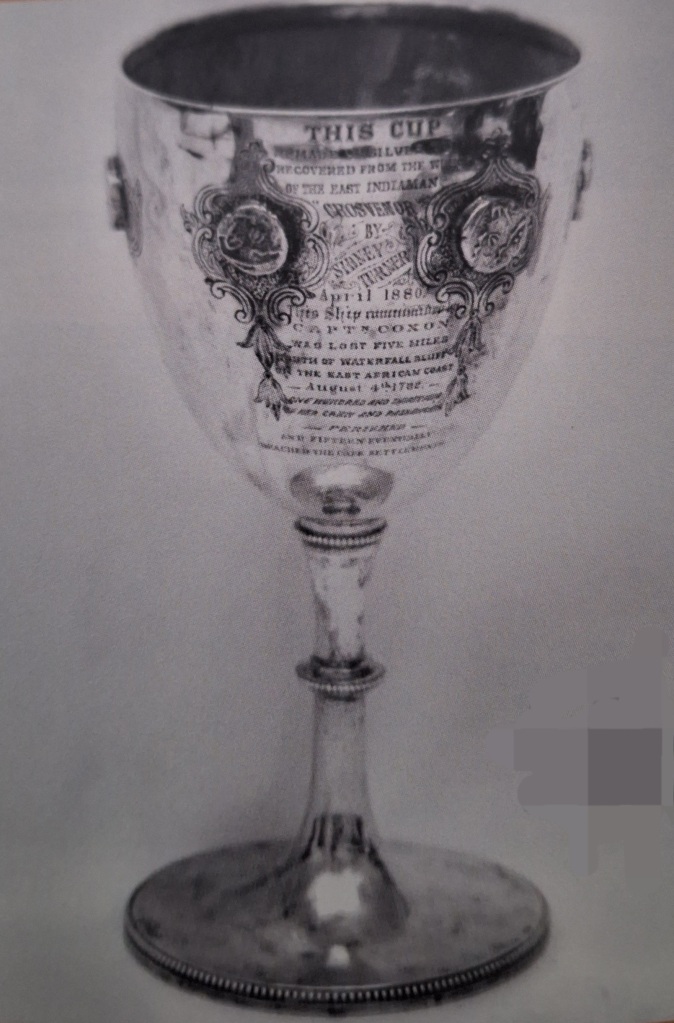
In 2000, a Hungarian dive team successfully dived the site and confirmed the identity of the wreck, and that there was no treasure on her.
Salvaging a shipwreck is one thing. Digging a tunnel from the shore and under the sea, with the idea of opening up the tunnel when it reached the belly of a ship which foundered 200 years before, is best described as what? Ludicrous? Crazy? Daft? In 1921, when this idea was hatched, there was no scuba gear – did the bright spark investors think that sea water would not rush into the tunnel, and drown the unfortunates working there? What was their thinking behind this scheme?

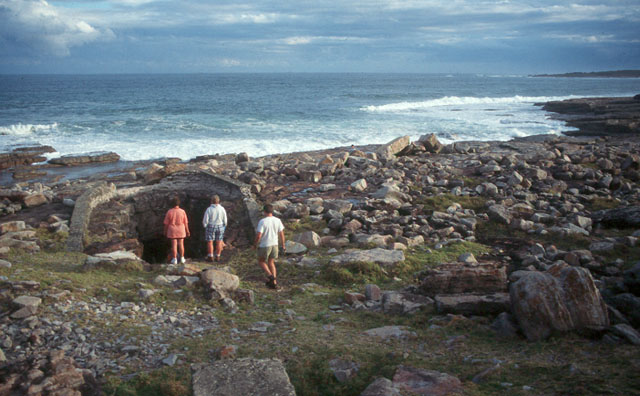

But a tunnel they dug. Other equipment was taken to the site by ox wagon, including the metal gantry and winch stood proud on the Wild Coast for nearly 100 years, before it was stolen by scrap metal collectors. The Syndicate that Conan Doyle bought into, was established by the Webster brothers. But why did Conan Doyle get involved? He knew just about everything there was to know about the tragedy, having done much in depth research. Interestingly, both Holmes and Watson ‘mention’ it in several books.
A keen spiritualist, Conan Doyle had also closely followed attempts by mediums enlisted by other treasure hunters to find the Grosvenor, so much so, that in a letter published in the Daily Express on 30 August 1921, he responded to a letter from another shareholder who had suggested that Doyle should himself recruit “spirits” to find the Grosvenor’s treasure. The letter reads:
“Sir, — Mr. Stuart Cumberland’s good natured banter does not really touch the spot. There is no mystery at all about the Grosvenor, and her position is known to an inch. Her deck has already been explored. The problem lies in the skill needed by submarine workers in such uneasy waters. These human and mechanical difficulties are for our own wits to solve, otherwise the human race would lose all initiative and become mere automata upon the earth. As to using an apport medium to fetch out the cargo, apport mediumship is a rare and fitful phenomenon in process of examination and definition. In thirty-six years I have only personally examined two cases, though others have been more fortunate. These higher forces are neither omnipotent nor omniscient, and psychic research is engaged in defining their limitations. To make some great demand upon them and make that a test of their existence is as if in the days of the first short flutters of aeroplanes, a critic had said: “Well, if you claim to fly, why don’t you fly over the Atlantic. We need fuller knowledge, wider experience, and more complete control, all of which will come in time, though its advent will not be hastened by the jokes of Mr. Stuart Cumberland.”
Surely apport mediums and digging tunnels under the sea are equally far fetched ideas?

Was it just good old fashioned greed that blinkered the thinking of rational, intelligent men? Sherlock Holmes’ logic and reasoning powers sure weren’t used by his creator in this case of treasure hunting.
Much has been written about the ill-fated SS Grosvenor, her survivors, and her supposed treasure. Below is a list of books on the subject:
- Portrait of a Pioneer: The Letters of Sidney Turner from South Africa, 1864-1901 by Daphne Child
- The True Story of the Grosvenor: East Indiaman Wrecked on the Coast of Pondoland, South Africa, on 4 August 1782 by Percival R Kirby
- A Source Book on the Wreck of the Grosvenor East Indiaman by Percival R Kirby
- The Caliban Shore: The Fate of the Grosvenor Castaways by Stephen Taylor
- The Guide to Port St Johns by Elsa van der Merwe and Kathryn Costello covers everything in the area, from history to bird lists.
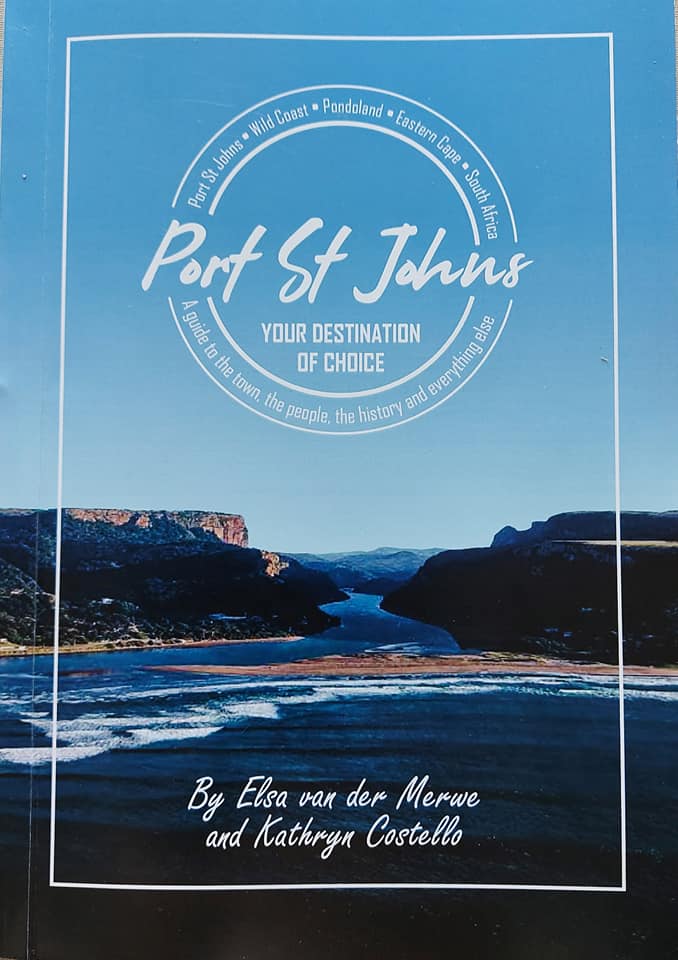
co-authored this guide book to
Port St Johns